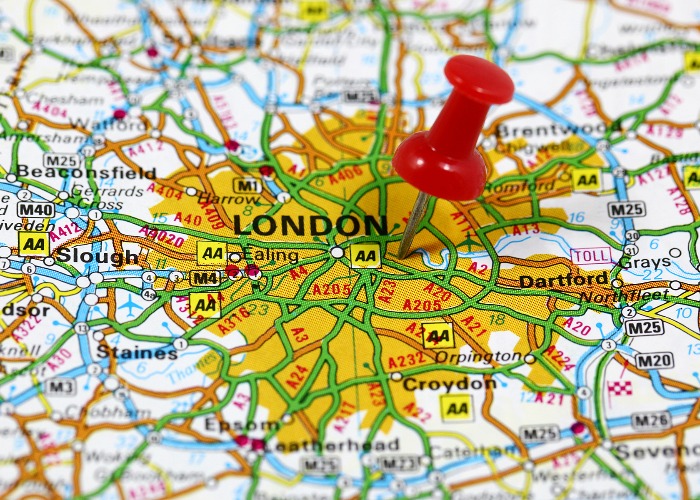London commuter belt hit by first house price fall in six years

As the market cooldown hits the South East the traditionally buoyant commuter belt feels the effect
House prices in the commuter belt around London have fallen year-on-year for the first time since 2012, as the capital’s slowdown ripples into the home counties.
According to the Nationwide House Price Index [pdf] they fell by 0.3% in the Outer Metropolitan region in the third quarter of 2018, dropping the average house price in towns such as Guildford, Tunbridge Wells and Watford to £364,309.
This comes as the capital recorded its fifth quarterly year-on-year fall in a row, with the latest decline of 0.7% leaving prices 3% below their all-time high, but still 50% above their 2007 peak.
The outer edges of London have experienced strong growth over the past few years as people priced out of the central areas have gone looking for more affordable housing – and it is still the second most expensive UK area to live in. But its slowing market is a sign the cooldown is spreading across the South ast.
READ MORE: One-in-three chance of London house price crash after Brexit
Despite this Robert Gardner, Nationwide’s chief economist, said he expects prices across the UK, which rose by 2%, to remain stable. “Annual house price growth has been confined to a fairly narrow range of around 2-3% over the past 12 months, suggesting little change in the balance between demand and supply in the market,” he said.
He added: “Subdued economic activity and ongoing pressure on household budgets is likely to continue to exert a modest drag on housing market activity and house price growth this year, though borrowing costs are likely to remain low. Overall, we continue to expect house prices to rise by around 1% over the course of 2018.”
Silver linings as the regions see strong house price growth
The relatively small decrease in London and the South East has been welcomed by some who say it is a sign the market is softening rather than crashing.
Jeremy Leaf, north London estate agent and a former Royal Institution of Chartered Surveyors (RICS) residential chairman, said: “These numbers are actually quite good news because they show a fairly steady market after house prices fell by their largest amount in six years in August.
“Once again, we are finding that the market continues to be supported by a shortage of stock and low mortgage rates, as well as new buyers returning from holiday keen to take advantage of some more realistic pricing.”
Strong regional growth outside the South East is also cause for optimism. Yorkshire and Humberside led the way with an increase of 5.8%, while the East Midlands and Northern Ireland recorded gains of 4.8% and 4.3% respectively.
Sam Mitchell, chief executive of online estate agents Housesimple.com, told the Evening Standard: “The UK housing market doesn’t live and die by what’s happening within the M25 and we should be encouraged by what’s happening beyond the capital.
“We also shouldn’t underestimate the importance of strong regional markets, because if we do leave the EU without a deal next March, it could be London that is the hardest hit.”
READ MORE: Average UK house prices hit record high at £230,280
Comments
Be the first to comment
Do you want to comment on this article? You need to be signed in for this feature